Free Website Audit
(+91)9742991119
(+91)9742991119
Prashanth PC
April 23, 2024
Selecting the right marketing approach for your product promotions amidst countless options can feel daunting, especially when aiming to maximize budget efficiency.
Among the myriad strategies available, PPC (Pay-per-click) or CPC (Cost-per-click) advertising stands out as a favoured choice for many brands. CPC serves as a pivotal metric for gauging the cost of acquiring customers.
To grasp its significance in boosting clicks and conversions, delve into this blog for insights on what CPC entails and how it can benefit your marketing endeavours.
At PCSEO understand the power of targeted advertising. Pay-Per-Click (PPC) is a key tool in our arsenal, and we use it to strategically drive traffic to your website.
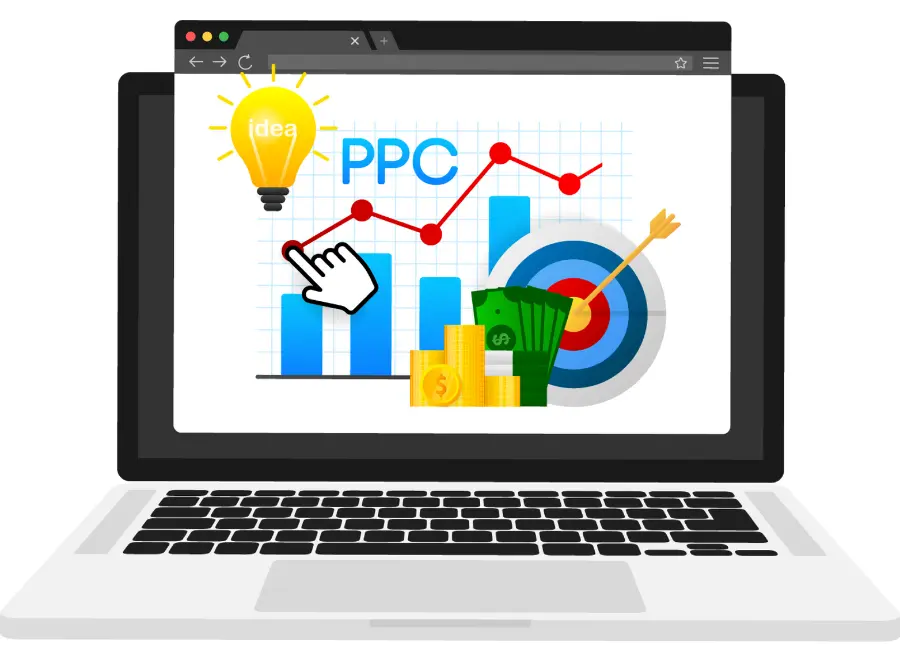
Cost per click (CPC) constitutes the amount you bid to procure each click on your advertisements, a fundamental aspect of pay-per-click (PPC) marketing. Within PPC, payment is requisite for your website or ads to gain visibility within search results.
Setting a maximum CPC bid is essential for your ads to appear, delineating the highest sum you’re willing to expend per click. CPC serves as the arbiter of the expenditure entailed in showcasing your ads across diverse platforms encompassing search engines, social media, and others.
Spanning text,
Image,
Video,
Shopping, and
Social media ads on platforms such as Twitter, LinkedIn, and Facebook. Each click on your ad translates into a visit to your website or landing page, presenting an opportunity for conversion. Essentially, CPC bidding aligns with the intent to attract potential customers, underlining the value proposition of each click as an investment toward potential conversion outcomes.
CPC stands as a pivotal metric dictating the efficacy of your marketing endeavours, particularly within Google Ads campaigns, by delineating the cost per click. It serves as a crucial Key Performance Indicator (KPI), facilitating several functions.
CPC aids in budget planning and traffic estimation while offering insights into market competitiveness based on average CPC. Furthermore, it directly influences ad ranking, reflecting the interplay between bid amount, ad quality, and click-through rates (CTR). Ultimately, CPC informs the balance between cost and value, guiding strategies to target high-value clicks for optimal ROI.
just divide the total cost of your ad by the number of clicks it receives. For instance, if you spent Rs.2000 on an ad that garnered 100 clicks, your CPC would be Rs2.00.
You can fine-tune your understanding of CPC with more specific metrics like maximum cost per click, average cost per clicks, actual cost per clicks, and manual cost per click.
Maximum CPC is the most you’re willing to pay for a click, set in your Google Ads account. It’s crucial to bid an amount you deem worthwhile for your ad, as it determines your ad’s position in search results and the maximum you’ll pay per click.
Average CPC is simply the total cost of all clicks divided by the total number of clicks. For example, if you spent Rs6.00 on two clicks, your average CPC would be Rs3.00.
What Does Manual Cost Per Click Refer to in Advertising Metrics?
Manual CPC allows you to manually set the maximum amount you’re willing to pay for each click on your ads, rather than relying on automated bidding methods.
You might opt for Manual CPC when you have a good understanding of which keywords will perform well and attract more clicks in search results. By setting higher bids for these keywords, you can boost their rankings and visibility.
CPC and CPM are two different ways to bid for ads. While CPC is about paying for each click your ad receives, CPM is about paying for every 1,000 impressions your ad gets.
CPC is all about clicks, while CPM is about views and impressions. If you’re aiming for wider reach and more visibility (like building awareness), CPM bidding might be a good choice.
CPM bidding can be more cost-effective and help you reach a larger audience for less money. It’s often used for boosting visibility on social media platforms.
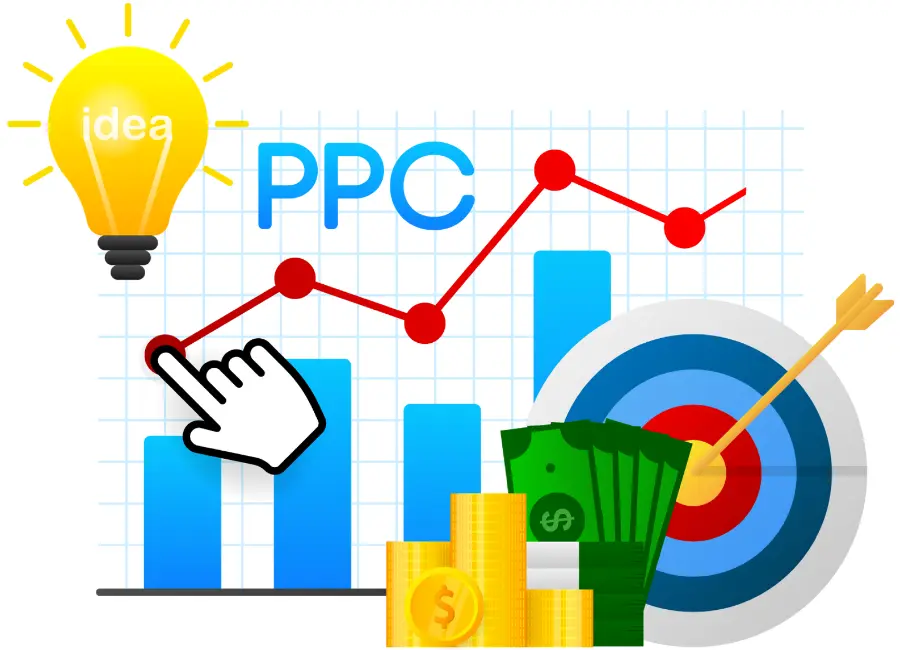
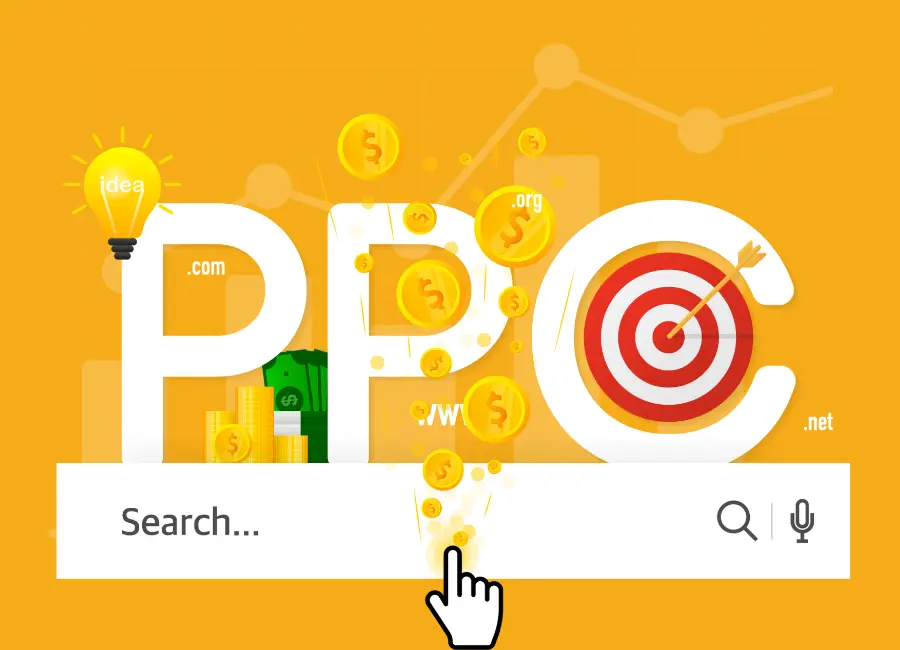
We go beyond basic PPC by analyzing user data and search trends. This allows us to target the most relevant keywords and placements, ensuring your ads reach the right audience.
We don’t just throw money at ads. PCSEO meticulously manages your PPC budget, maximizing your return on investment (ROI). We constantly monitor campaign performance and adjust bids to ensure you get the most clicks for your buck.
Clicks are great, but conversions are king. PCSEO crafts compelling ad copy and landing pages that convert clicks into paying customers or leads.
PCSEO promises increased visibility by placing your business at the forefront of local search results. Customized for regional impact, this solution optimizes your online presence and helps your business stand out. Focuses on optimizing to make your business more discoverable to potential customers in your area, thus increasing traffic, engagement, and ultimately money.
PCSEO Specializes in SEO strategies to increase your rankings from smolder to smolder to grow your business organically, drive more traffic, and focus on your business. Save on advertising costs and avoid future expenses with good SEO. Start using our SEO Services to grow your business smartly and easily.
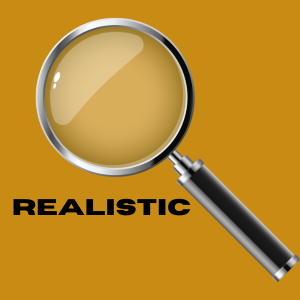
Our SEO firm takes your business to a top-10 ranking within a specified timeframe. We'll establish SEO objectives aligned with your key performance indicators (KPIs)

We'll provide you with an SEO roadmap detailing our actions and a 24/7 reporting dashboard to monitor our progress and performance

SEO can be cost-effective without compromising effectiveness. A considerable portion of our clientele comprises small businesses operating on limited budgets
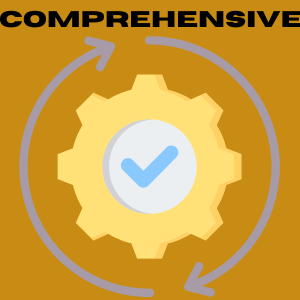
We take care of all aspects influencing your ranking, including website troubleshooting, integrating social media, and creating content to ensure optimal performance